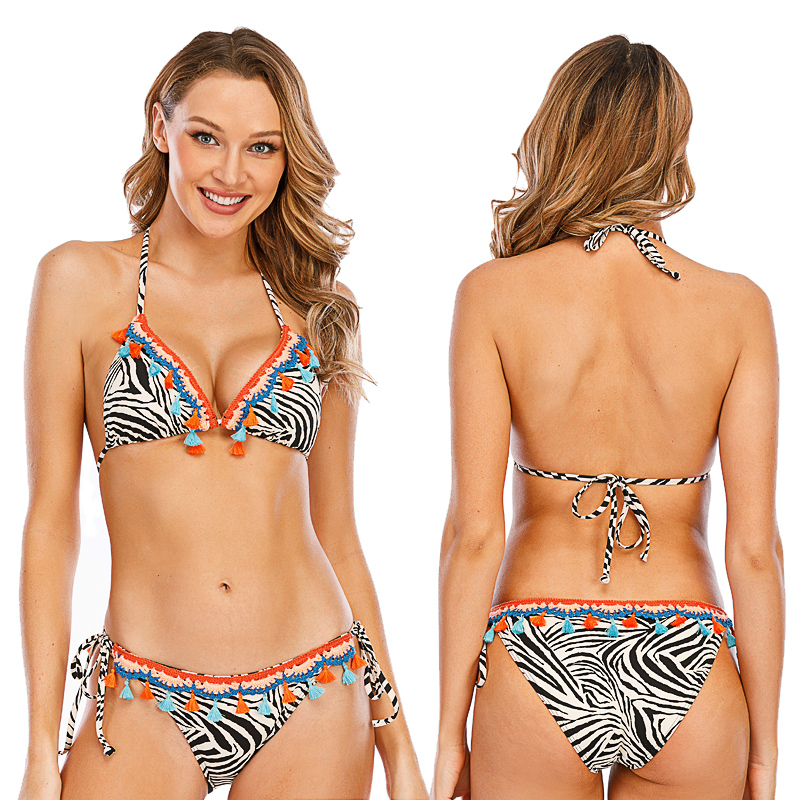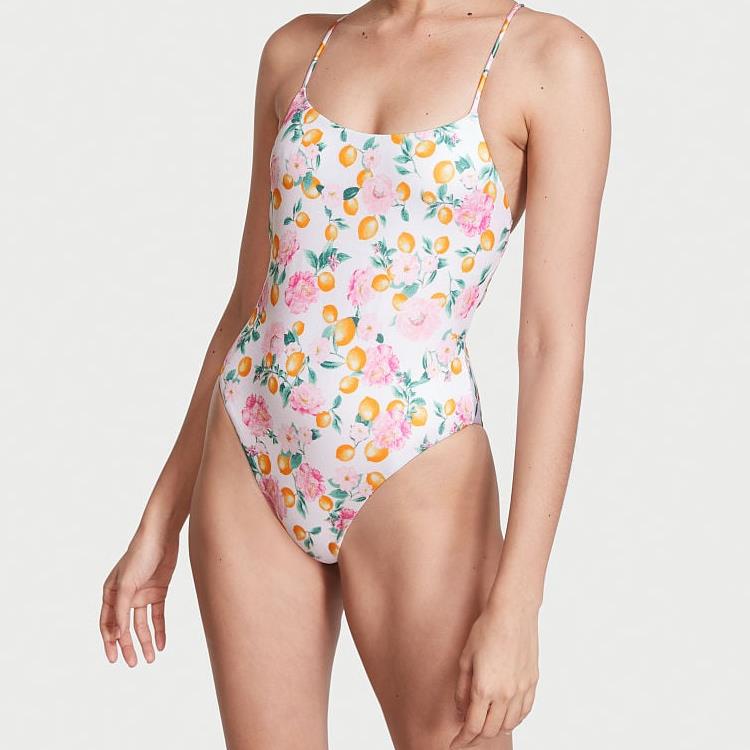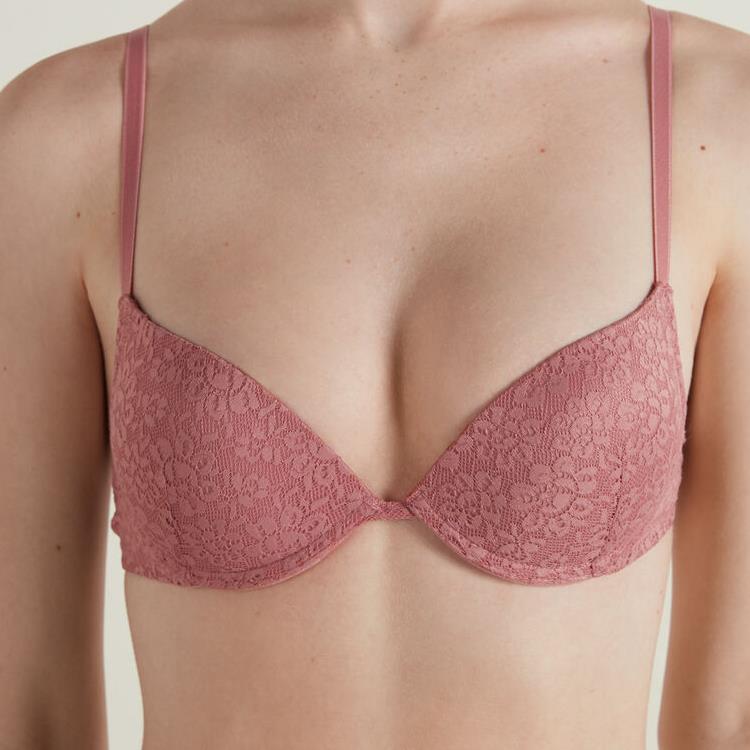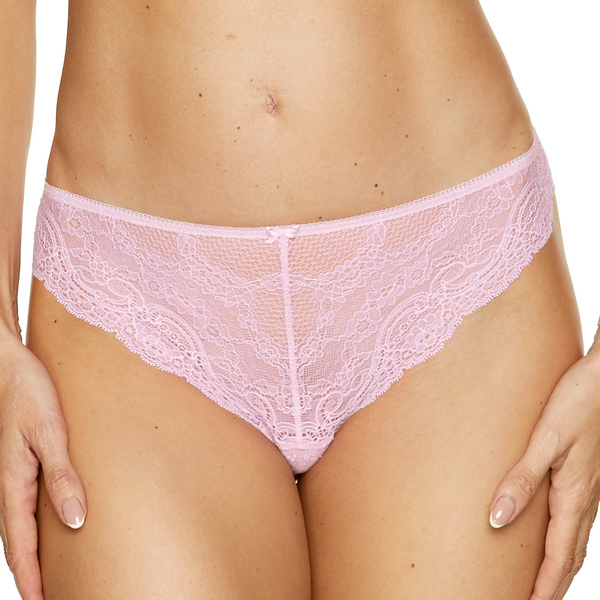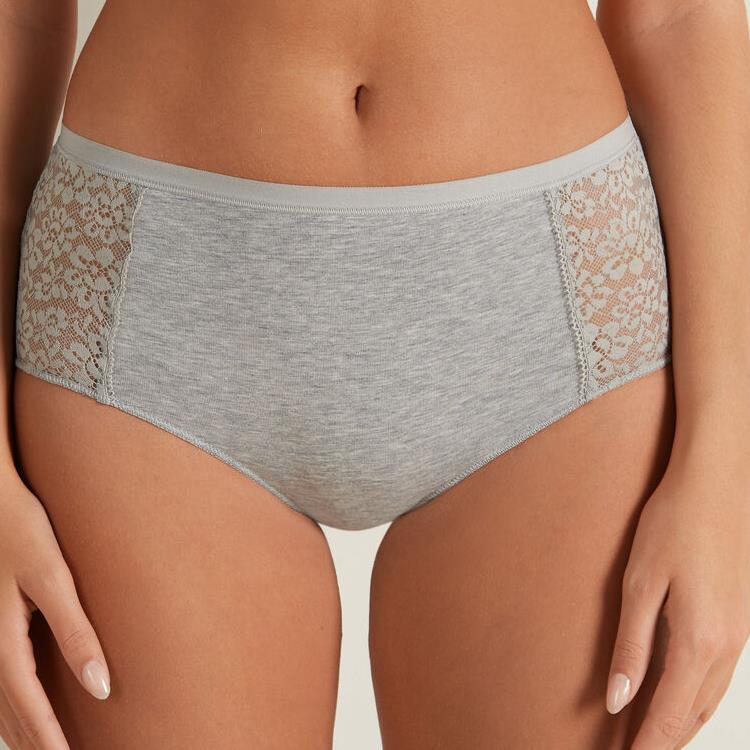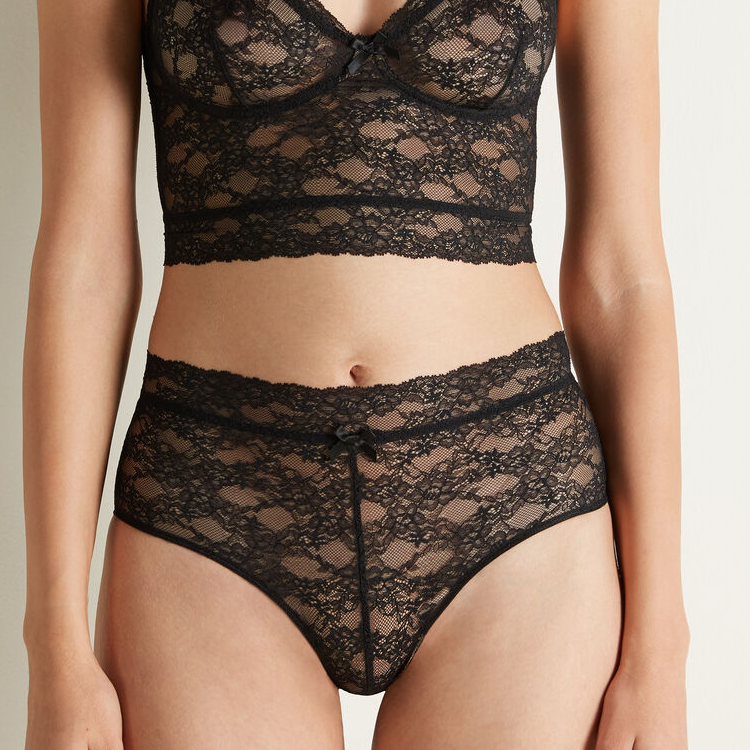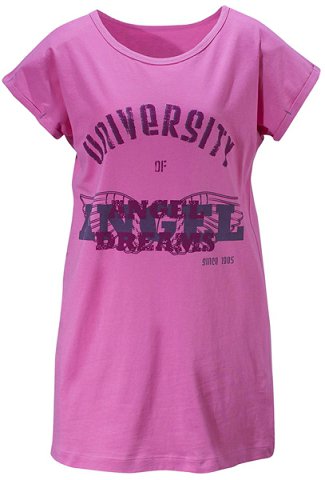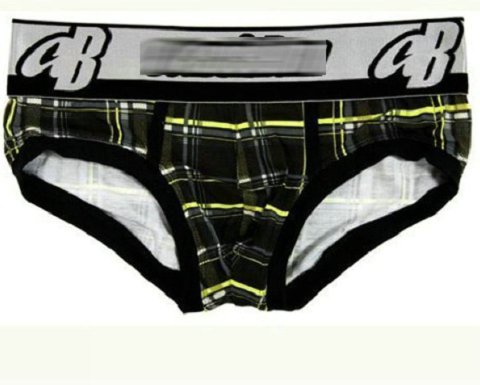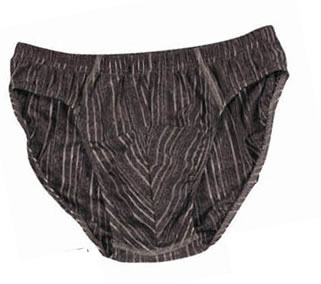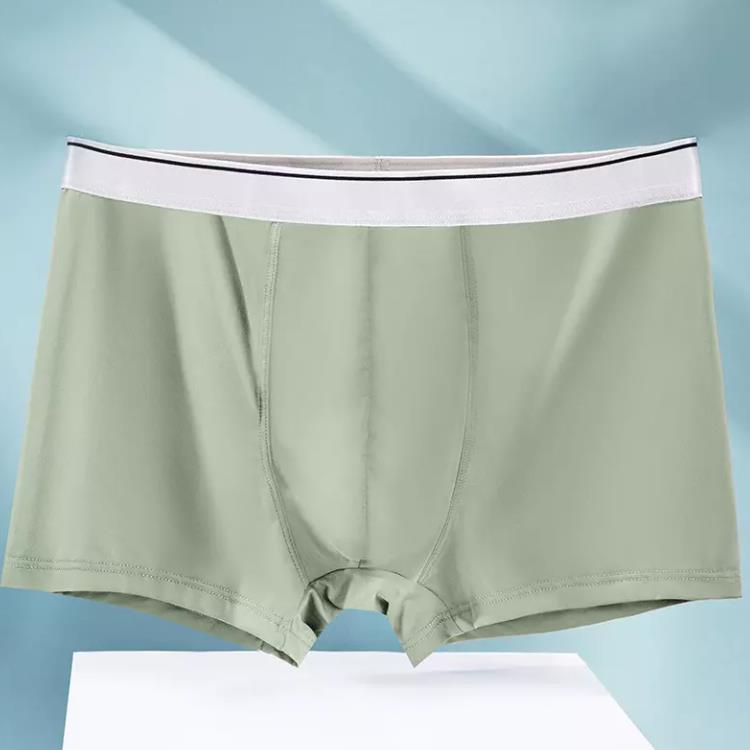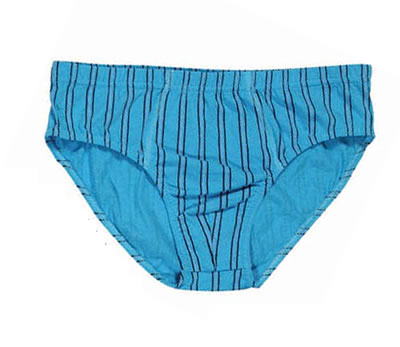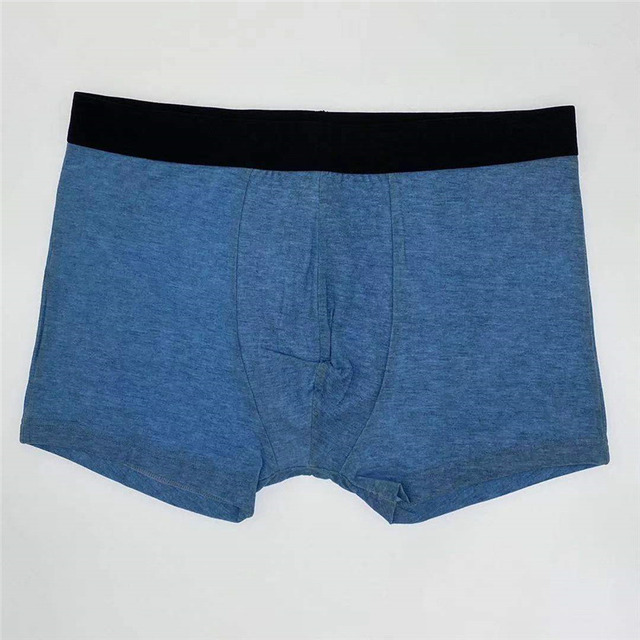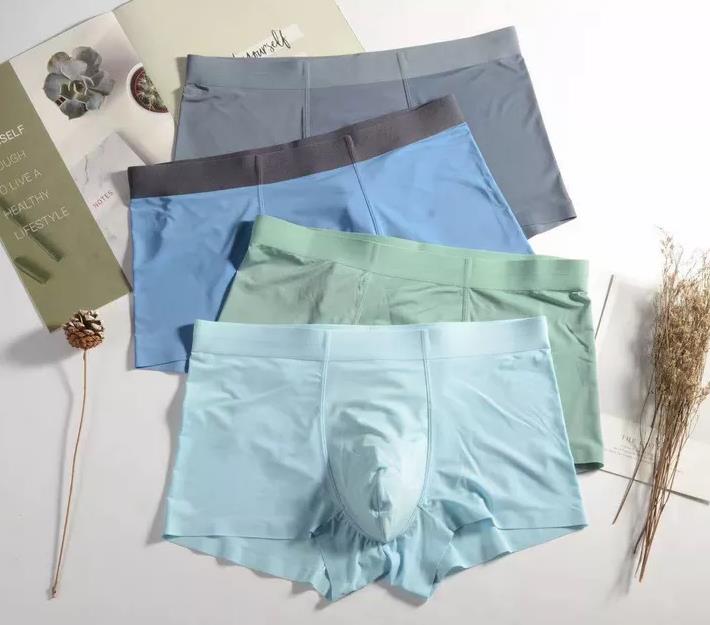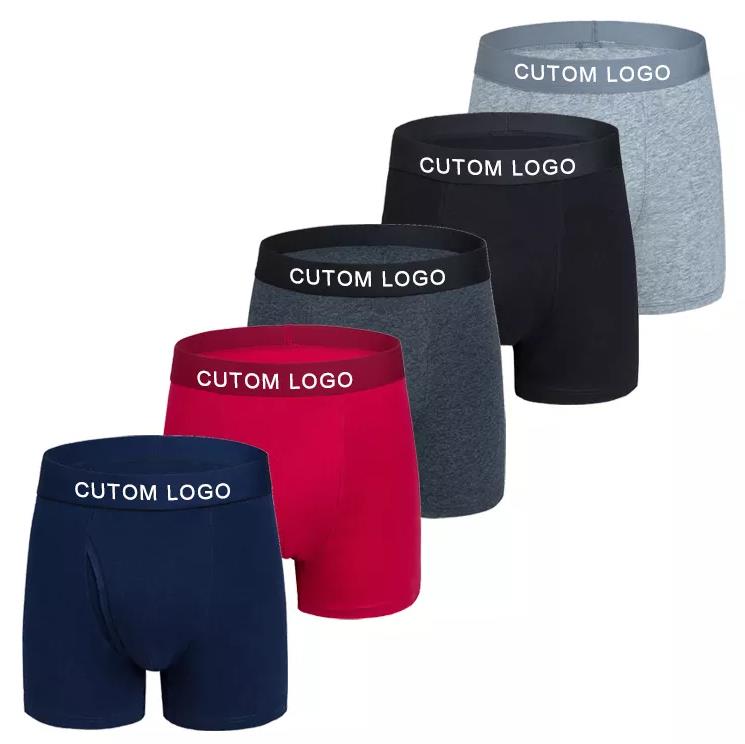
From the glittery runways of Milan to the glossy covers of high-end publications, the fashion industry has long been responsible for establishing and enforcing beauty standards. The fashion industry is a cornerstone of today's popular culture and has a considerable influence on people's ideas about what constitutes beauty around the world. While the fashion industry can sometimes operate as a mirror, it more often than not serves as the motivation for society's focus on superficial appearances that are unrealistic.
When thinking about the industry's history and current state, it is essential to have a comprehensive understanding of the industry's intricate relationship with the concept of body image. This will allow us to successfully navigate the industry's future. In this in-depth research, we look at how beauty standards are portrayed in the fashion business, the criticisms that it has received, the obstacles that it encounters naturally, and the hopeful progress that has been driven on by data and statistics.
Finding The Beginnings: A Look Back In Time
The way that body image has been portrayed in the fashion world historically has been uniform. The fashion industry has always had a 'favored' body shape, whether it was the curvy forms praised in Renaissance art, the androgynous looks of the flapper era, or the ultra-slim silhouettes of the late 20th century.
These standards were both admired and imitated, whether it was the willowy shapes of supermodels from the 1990s or the enduring 'hourglass' silhouettes of the 1950s. But what is concerning is that for decades, according to The Journal of Eating Disorders, runway models have often weighed 10-15% less than the average woman, highlighting the wide gap between fashion's goals and day-to-day realities.
According to a study published in the International Journal of Fashion Design, Technology and Education, the typical woman wears a size 16 to 18, or M to XL, yet the majority of fashion models wear a size ZS to S. Many people's perceptions of their own bodies have been profoundly impacted by this glaring discrepancy between truth and depiction.
Dissecting The Criticisms: A Call To Action
In its prime, the fashion industry was subject to a wave of criticism. Alarming data from studies conducted by groups like The National Eating Disorders Association (NEDA) in the US suggests that media representations, including how fashion is portrayed, have a substantial impact on eating disorders in young people.
A disturbing survey by PLUS Model Magazine revealed that a large percentage of runway models met the BMI criterion for anorexia, demonstrating the breadth of unrealistic standards. A 2017 audit by The Fashion Spot revealed that just 27.9% of 2,700 model appearances were those of non-white models, highlighting representation gaps. There was clearly a diversity deficit disorder. Not only were there size discrepancies, but ethnicity, age, and ability were frequently stereotyped or underrepresented in the fashion industry.
Breaking Conventional Wisdom: Uncharted Waters
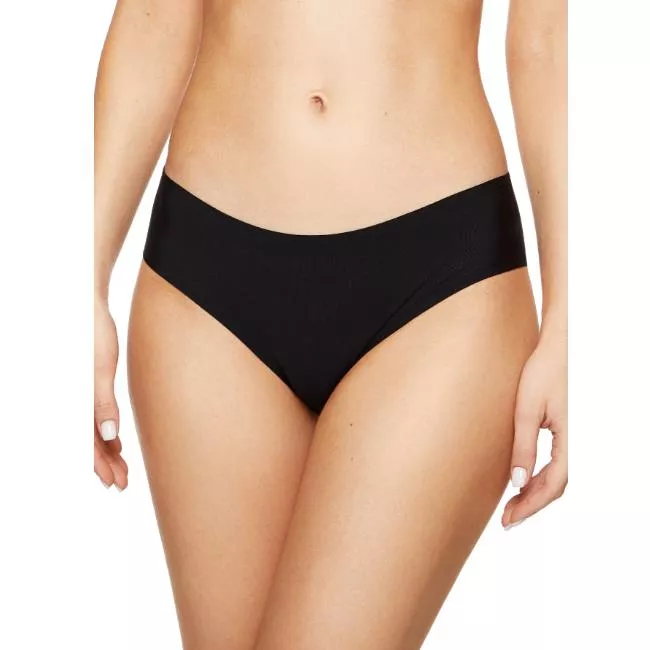
There were challenges with the fashion industry's shift since change is rarely simple.
1. Resistance from the "Old Guard": Prominent designers who were strongly rooted in conventional beauty ideals were frequently reluctant to change their ways of thinking and denied departing from the "accepted" norms.
2. Revenue Nerves: In a market worth over $2.5 trillion, brands worried that changing the definition of beauty might hurt their sales.
3. Navigating Tokenism: The transition period was rocky in the beginning. Genuine transformational efforts frequently came under fire for being simply showpieces and for either being too radical or not doing enough.
The Winds Of Change: A Renewing Ethos In Fashion
Nevertheless, despite difficulties, the sector started down its transformational path:
1. Runways Reflect Reality: In 2019, Fashion Week saw a level of diversity that had never been seen before. A encouraging 38.8% of models were of different colors, sizes, and nationalities, according to The Fashion Spot.
2. Realistic Ad Campaigns: Companies like Aerie and Dove have embraced'real' ads that feature unedited images and highlight the best aspects of human beauty.
3. Body positivity spreads: According to major fashion weeks, 19% of all runway models were plus-sized by 2020.
4.Beyond Conventional Boundaries: Fashion began to embrace everyone. Plus-size clothing lines, adaptive clothes, and collections with no clear gender identity speak eloquently about the industry's shifting mindset. Hijabs in sports and adaptable apparel have been offered by Nike and Tommy Hilfiger, respectively.
5.Breaking Barriers: Companies like Fenty by Rihanna have disregarded conventions by launching products that are appropriate for a wide range of skin tones.
6. Banning Extremely Thin Models: Several nations, including France and Spain, have passed legislation prohibiting models who are too thin from walking the catwalk and required them to acquire a health certificate before they can do so.
The New Generation As Change Agents
Change has been mostly fueled by youth. The influence of social media has given younger generations:
1. Amplified Voices: Using social media sites like Instagram and Twitter, numerous people have denounced companies or advertising campaigns that support unfavorable stereotypes.
2.Shared Personal Stories: Firsthand accounts of battles with and victories over body image have highlighted the significance of positive portrayal.
3. Digital movements: Hashtags like #EveryBodyIsBeautiful amassed millions of uses on Instagram, which became a battleground for body positivity.
4. Conscious Consumption: According to Nielsen's report, there has been a paradigm change as 66% of millennials worldwide favor brands that are driven by sustainability.
5.Eroding Conventional Norms: Tess Holliday is one influencer who has been slowly shifting attitudes by questioning long-standing beauty norms.
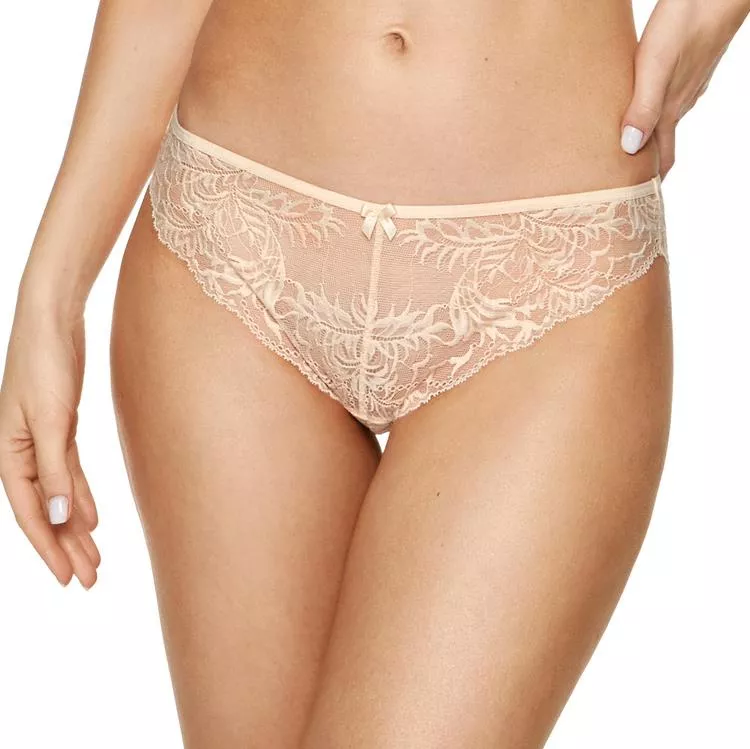
The Horizon: Sailing Into The Future
The quest for a more inclusive and accurate representation of beauty is still underway. Although the fashion industry has made considerable progress, much work remains. Brands can adhere to:
1. Education and Collaboration: Collaboration with groups that support a positive body image can increase the positive effects of the industry.
2. Ongoing Engagement: Brands must remain sensitive to shifting standards. A McKinsey analysis highlighted co-creation and honest communication with customers as the way of the future.
3. Real diversity is essential, not just token diversity. This includes diversity in terms of skill, size, gender, and color.
4. Real brand stories are crucial since, according to Forbes, 40% of millennials value authenticity.
The Bigger Picture: The Social Function Of Fashion
Beyond the sphere of clothing, fashion is a potent force that has a significant impact on how people view their culture. Its recommitment to diversity has rippling repercussions that vary from boosting societal acceptance to elevating individual self-esteem, and these benefits are just beginning to be realized. These effects vary from increasing societal acceptance to elevating individual self-esteem. Even if the task at hand is enormous, and the path that lies ahead is difficult, it is abundantly clear that the trend as a whole is moving in the right direction. This is the case despite the fact that the way ahead is demanding. The participation of young people, who constitute a substantial demographic, is essential to the success of this expedition because without them it would not be possible to carry it out. We can help drive the corporate world toward a future in which every individual feels seen, appreciated, and represented if we show our support for firms that are inclusive, call attention to issues that matter, and encourage people to have a good attitude toward their bodies.
The relationship between the fashion industry and body image is multifaceted, intricate, and constantly changing. The industry mirrors society's shifting mindset, from its early days of limited beauty ideals to its current embracing of variety. It sends a powerful statement while continuing to change beauty standards: Beauty is a vast, inclusive tapestry, and everyone legitimately belongs among its colorful threads.















